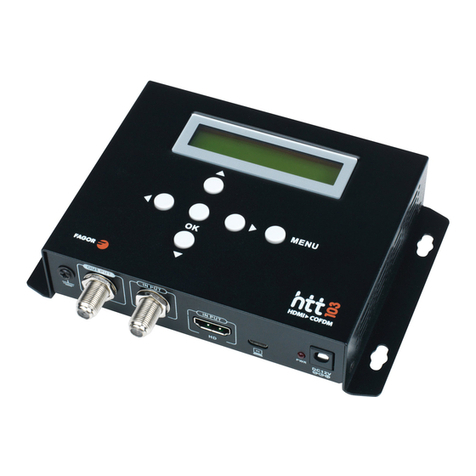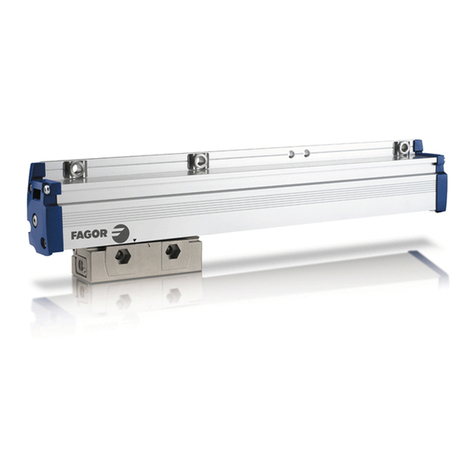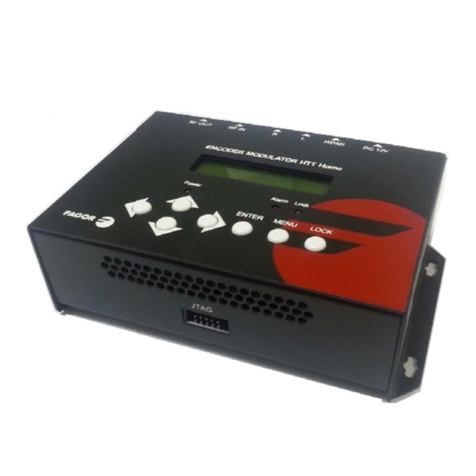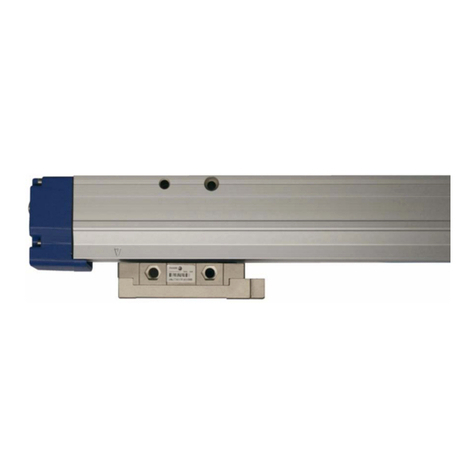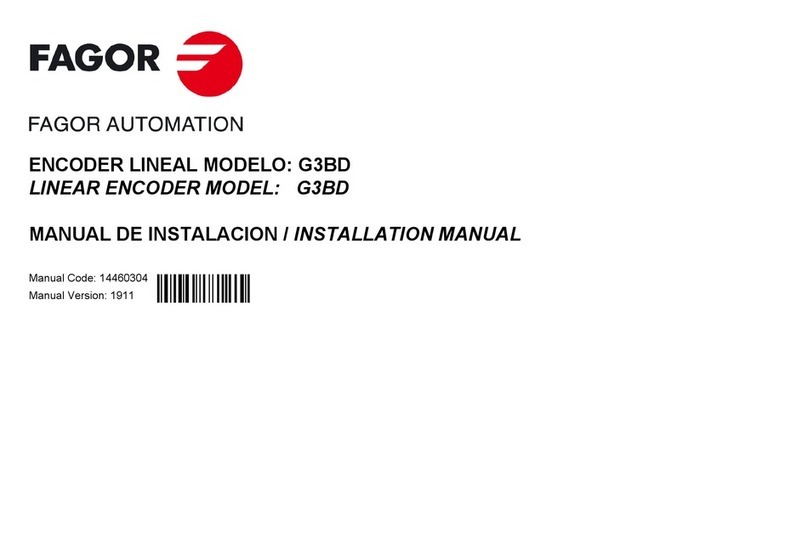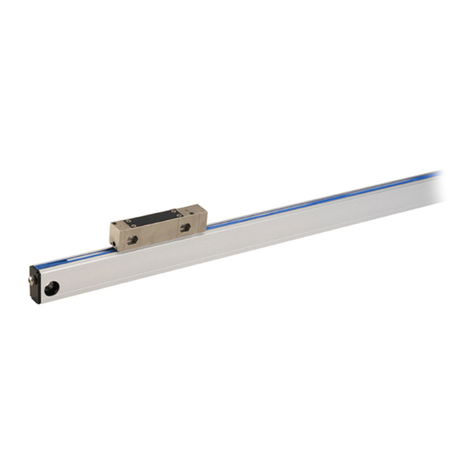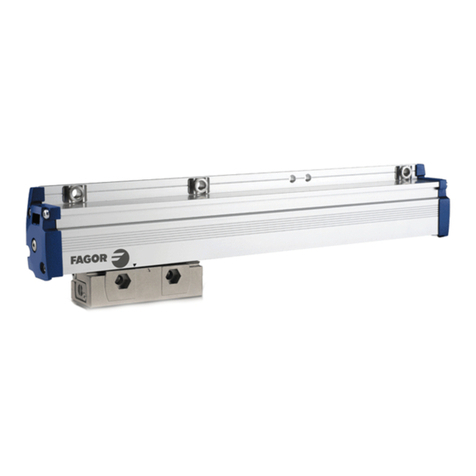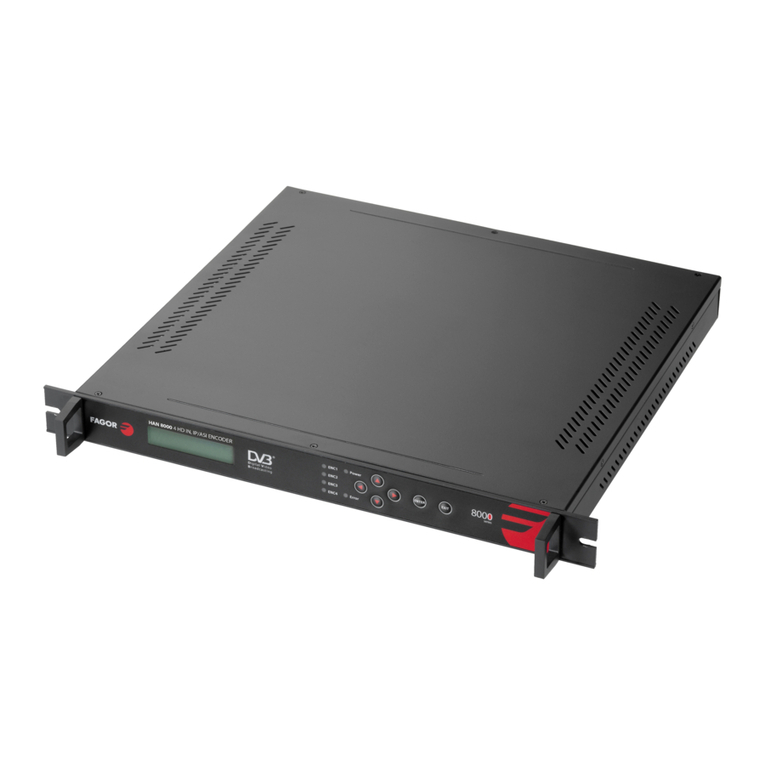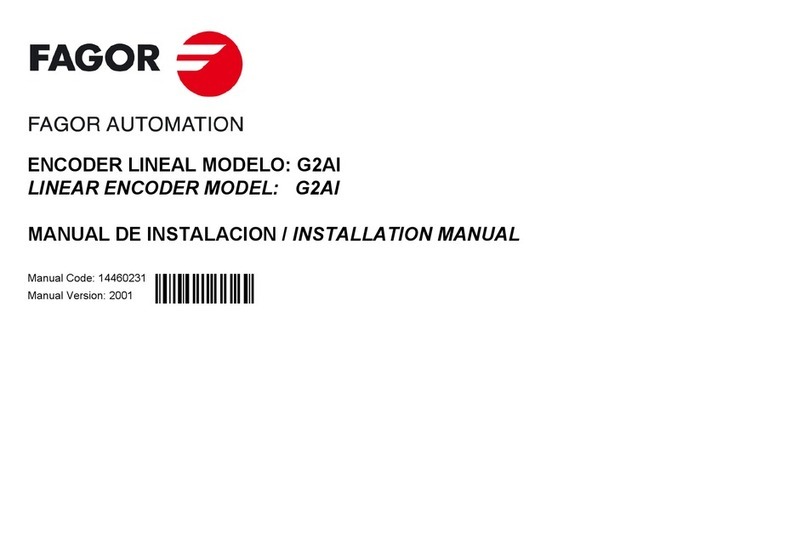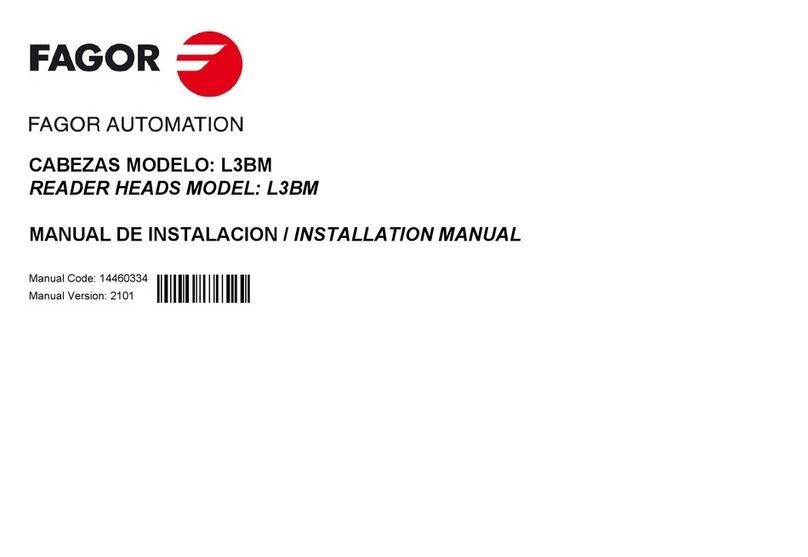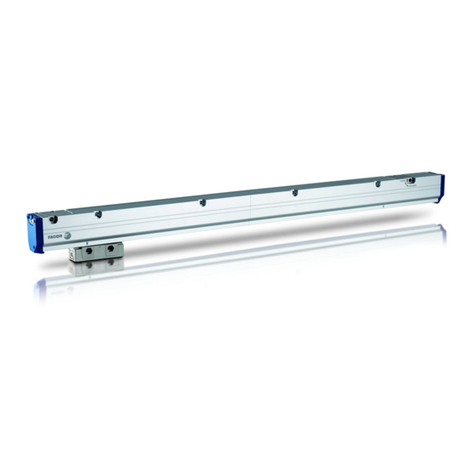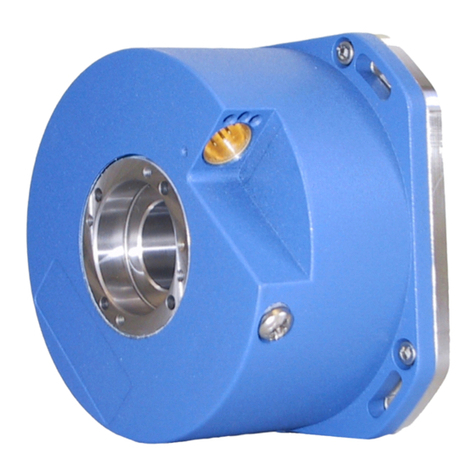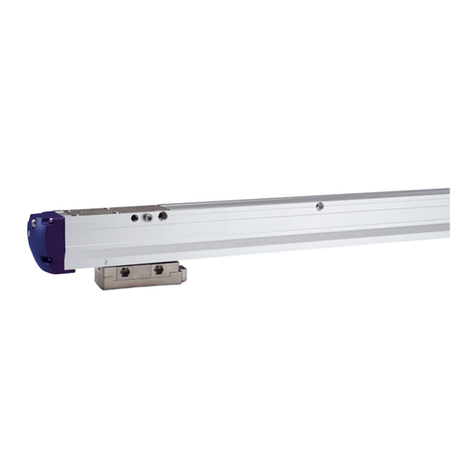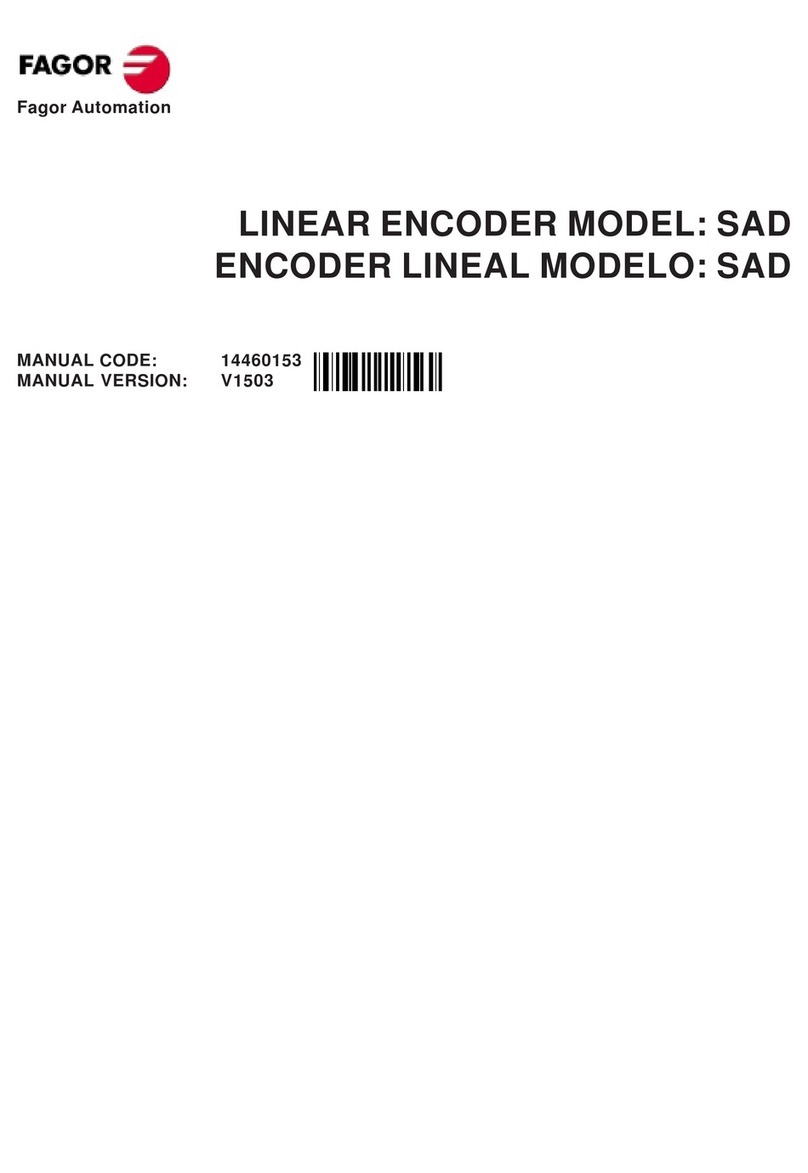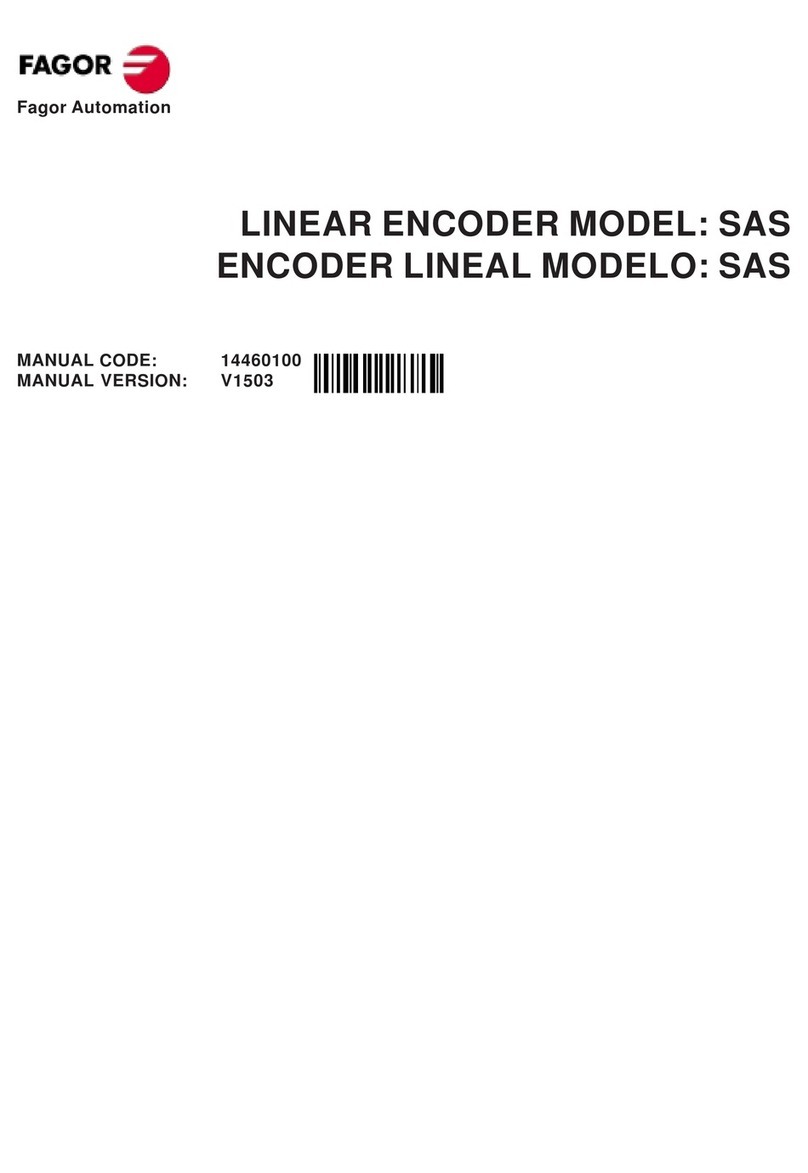
10
1) DVB-T: Estándar de modulación; XX.XX MHz: la frecuencia actual de salida; 1080i:
resolución del vídeo de la señal de entrada; X.XX Mbps: bit rate de la codificación actual.
2) Estado de alarma: Muestra los mensajes de alarma. Por ejemplo, si el cable de entrada no
está conectado, mostrará “Video 1 not lock” en este menú.
3) Tiempo de actividad: Muestra la duración de funcionamiento desde el encendido.
4) Encoder: Video in Status: el usuario puede comprobar el estado de video en este menú
(Sólo lectura). Video Bit rate: ajustable en un rango de 1000 ~ 18.000 Mbps. Audio Bit rate: Se
puede seleccionar el valor Bit rate de audio entre 64, 96, 128, 256, 320 Kbps. Audio Format:
Selecciona el formato de audio entre MPEG2, MPEG2-AAC.
5) Stream: El usuario puede consultar o modificar los siguientes parámetros: TSID (Transport
Stream ID), ONID (original Network ID), Network IDm Network Name, Provider Name,
Program Number, LCN (Logical Channel Number), PMT PID, Video PID an Audio PID.
6) País: El usuario puede seleccionar entre la configuración por defecto o canalización
australiana o neozelandesa.
7) Canal: en este submenú el usuario puede seleccionar el canal de salida.
8) Bit Rate: se muestra el Bit rate actual y el máximo Bit rate soportado.
9) Frecuencia RF de salida: Ajustable en un rango de 142,5 a 858 MHz.
10) Ancho de banda del MUX de salida: Seleccionar entre 6M, 7M y 8M.
11) Constelación: tipo de modulación DVB-T, tres tipos de constelaciones seleccionables:
64QAM, QPSK and 16QAM.
12) FEC: Forward Error Correction rate. 1/2, 2/3, 3/4, 5/6 y 7/8.
13) FFT (Modo de Transmisión): Seleccionable entre 2K y 8K.
14) Intervalo de guarda: Seleccionable entre 1/32, 1/16, 1/8 y 1/4.
15) Nivel RF: Ajustable entre -14 ~ +6dBm.
NOTA: Diferentes combinaciones de ancho de banda, constelación, intervalo de guarda y
code rate (FEC) dará lugar a una tasa de código de salida diferente. Por favor, consulte la
tabla del anexo.
16) Guardar configuración: Sí / No guarda los ajustes de configuración.












